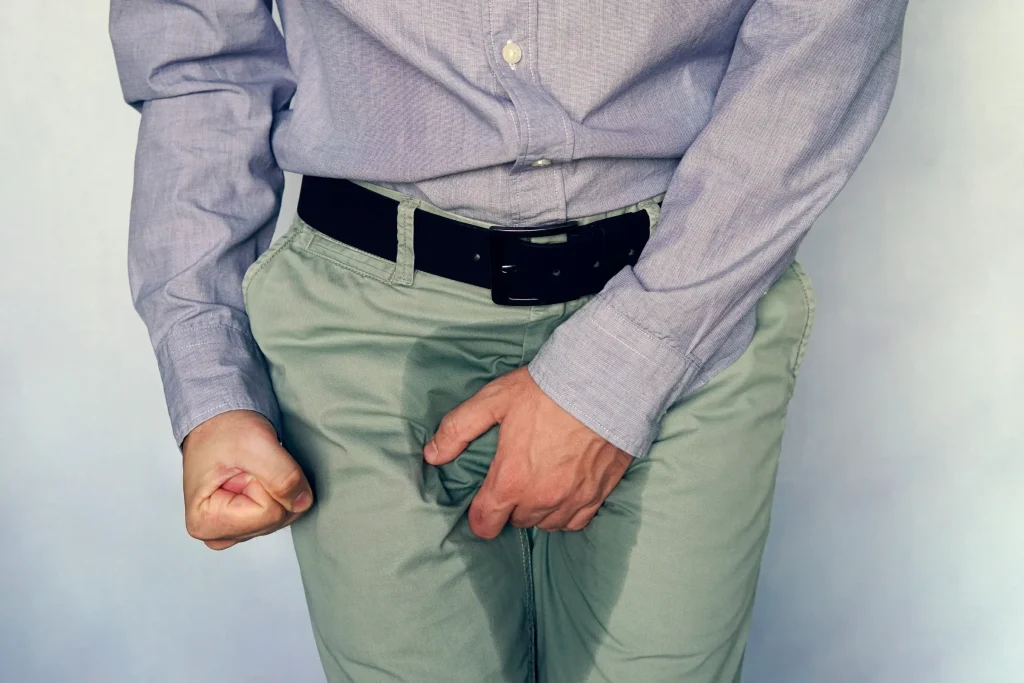Now Accepting New Patients. Contact Us Today To Schedule Your Visit.
Stress Urinary Incontinence (SUI) occurs when urine unintentionally escapes from the body due to sudden pressure on the bladder and urethra. This pressure can overcome sphincter muscles or cause a brief opening of the sphincter, leading to urine leakage. Mild SUI may result from forceful actions like sneezing, laughing, coughing, or intense workouts, while more severe cases involve leaks during less forceful activities such as standing, walking, or bending over. These urinary “accidents” can range from a few drops to enough to soak through clothing.

Symptoms of SUI: The primary symptom of SUI is urine leakage during actions that exert pressure on the belly. These leaks can range from a few drops to soaking through clothes. Mild SUI may be triggered by activities like workouts, sneezing, laughing, or coughing, while more severe cases may involve leaks during standing, walking, or bending over.
After Treatment: The goal of any incontinence treatment is to enhance the quality of life. Surgical treatments, particularly when combined with lifestyle changes, often prove effective. Regular Kegel exercises help maintain pelvic muscle strength. If SUI problems persist, discussing alternative options with a healthcare provider is recommended.
All content, materials, and imagery on the Lawrence Jenkins MD website are protected by copyright law. The intellectual property, including but not limited to text, graphics, logos, images, and multimedia elements, is the exclusive property of Lawrence Jenkins MD unless otherwise stated.
Disclaimer : All content posted on this website is commentary or opinion. This website does not give or attempt to give medical advice and your personal information is not stored. THIS WEBSITE IS NOT DESIGNED TO – AND DOES NOT – PROVIDE MEDICAL ADVICE